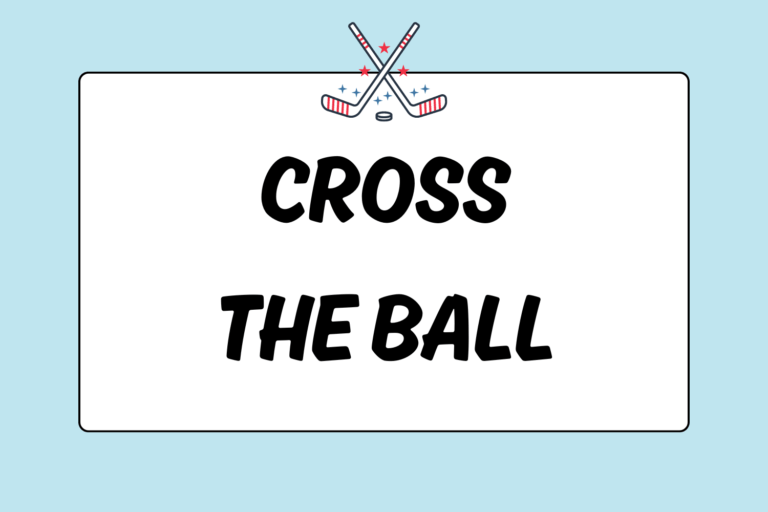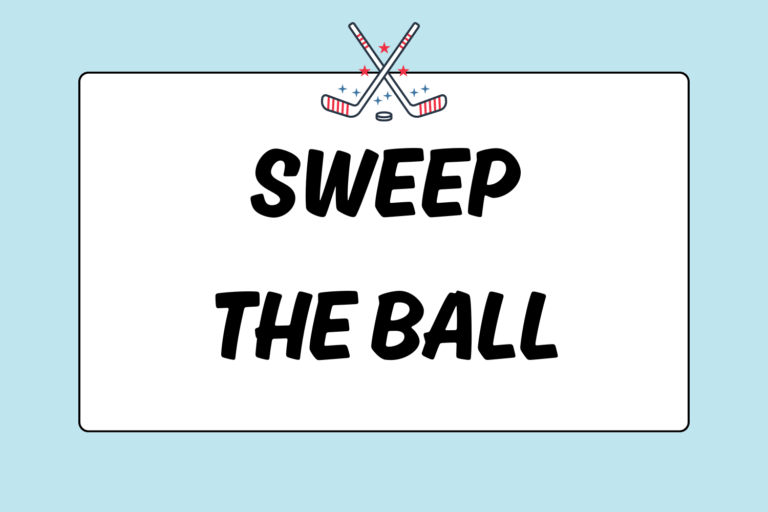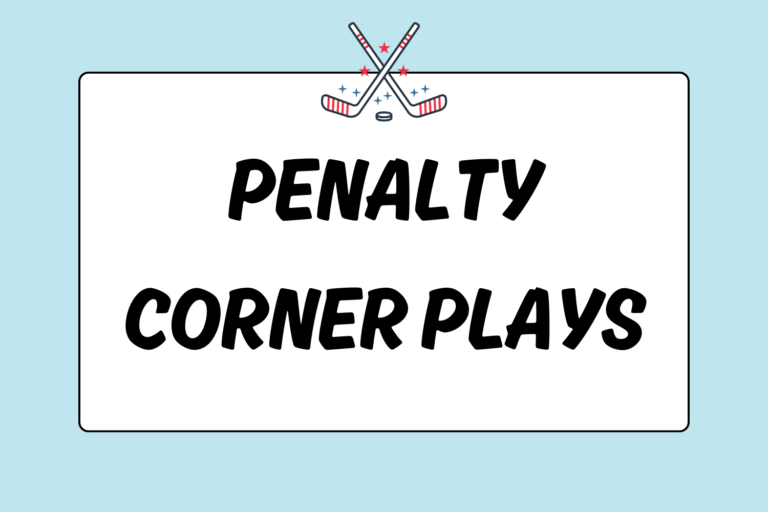A free hit is a play awarded for a foul called by the referee (the team that was fouled gets the hit). For any hit in the middle of the field, the defense must stand at least five yards away from the offensive hitter until she touches the ball. If the free hit is awarded within the 25-yard zone, both teams must stand five yards away from the hitter.
Successfully defending against a free hit is crucial to your team’s success. If you allow the opposing team to get the ball past you, it could result in them advancing up the field or worse, a goal. This guide will teach you defensive strategies for closing down on the offense and creating a defensive wall on free hits.
Free Hits
Referees award free hits everywhere on the field (except for in the shooting circle) for general offenses by either team. In the shooting circle, they award short corners. The most common fouls that lead to free hits are:
- Obstructing an opponent from playing the ball
- Interfering with the stick or body when tackling
- Kicking the ball
- Playing the ball dangerously (including lifting the ball)
On a free hit, the ball is awarded to the fouled team at the spot where the offense took place. The ball is placed on the ground and an offensive player will re-start the action by passing it to a teammate, hitting the ball forward or backward, or dribbling the ball. As mentioned before, all opposing players must stand at least five yards from the hitter until the ball is put into play.
If the ball is within the 25-yard area of a goal, the ball cannot be hit directly into the circle. The ball must travel five yards — either by dribbling or passing — before it can enter the circle.
Defense against Free Hits
The defensive setup resembles a staggered line. This line is often referred to as the defensive “wall.” Three players will position themselves in an arch around the ball, at least five yards away from the hitter. By doing this, these players are able to block the direct hit and any pass to the left or right. Two more players will stand five yards from the first line of defense (the arch), and they’ll position themselves in the spaces between the three players who make up the arch.
It’s important to understand that the defense should not set up in a straight line because by doing that, the offense only has to hit through one line of defense to get the ball up the field. A staggered defense makes it much harder for the offense to move the ball forward because the defense will be covering more area. Think of the positions as “window” positions, every defensive player must be able to see the hitter. Hiding behind a teammate is of no use.
For hits inside the 25-yard line, the lineup can be a little different. One defender will stand in front of the hitter — ready to steal the ball if she tries to dribble, or intercept a pass. This defender has to be five yards from the ball before the hitter touches it. The remaining defenders should each choose a player to mark, positioning themselves goal-side and ball-side at all times during the play.
Lastly, the defense should force the hitter to hit the ball wide. Do let her hit the ball down the middle of the field — the sides of the field are far less dangerous.
Hot Tip: Offense Can Play Defense
On free hits, have your forwards be part of the defensive wall. One of the forwards (depending on which side of the field the ball is on) should be responsible for covering the hitter if she decides to self-pass the ball. The forward on the opposite side of the field should be responsible for blocking a potential cross across the field. Remember, offense can and should play defense on free hits.
Close it Down
Defense is all about smart positioning. So, be aware of where you would be most useful and guard that zone. In short, position yourself to block the first hit. After it’s taken, maneuver to cover your zone or mark. Working together with your teammates will generate more success in guarding against free hits and in regaining possession of the balls.
Remember, if the free hit is in the middle of the field, do not mark man-to-man. Maintain your position and keep your stick low to the ground, ready to intercept the ball. While inside the 25-yard zone, position yourself on the ball-side and goal-side of your mark. Make sure she can’t take a shot on goal.
The most important thing to remember is to form a staggered barrier between the hitter and your goal. That way, you can block any direct shot. If you are the first defender on the ball, don’t be timid! Put that five-yard limit to the test and get up there!





